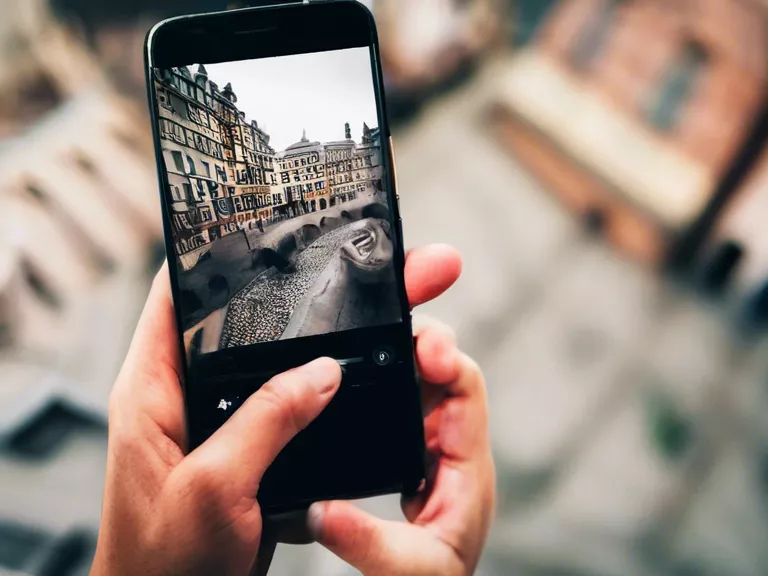
Outdoor photography relies heavily on natural lighting to capture stunning and captivating images. Without the proper lighting, even the most skilled photographer may struggle to achieve the desired results. But fear not, with a few tips and tricks, you can learn how to capture perfect lighting in outdoor photography like a pro.
One of the key factors to consider when capturing outdoor photos is the time of day. The golden hours, which occur during sunrise and sunset, provide the most beautiful and soft lighting for outdoor photography. Take advantage of these times to achieve warm tones and dramatic shadows in your photos. Avoid shooting in the harsh midday sun, as it can create harsh shadows and blown-out highlights.
Another important aspect to consider is the direction of light. Front lighting, where the light source is behind you, is the most common and provides even lighting on your subject. However, backlighting, where the light source is behind your subject, can create a more dynamic and dramatic effect. Experiment with different lighting angles to see which works best for your photos.
Using natural reflectors can also help in capturing perfect lighting. Reflective surfaces such as water, sand, or even white walls can bounce light back onto your subject, filling in shadows and adding depth to your photos. Alternatively, you can use a reflector or a white foam board to bounce light onto your subject and achieve a more flattering look.
Lastly, don't be afraid to shoot in different weather conditions. Cloudy days can provide soft and diffused lighting, perfect for capturing portraits or landscapes. Rainy days can create dramatic and moody atmospheres, adding an interesting element to your photos. Embrace the elements and use them to your advantage in creating unique and captivating outdoor images.
By following these tips and tricks, you can master the art of capturing perfect lighting in outdoor photography and take your photos to the next level. Experiment with different lighting conditions, angles, and reflectors to find what works best for your style and subjects. Remember, practice makes perfect, so get out there and start shooting!



